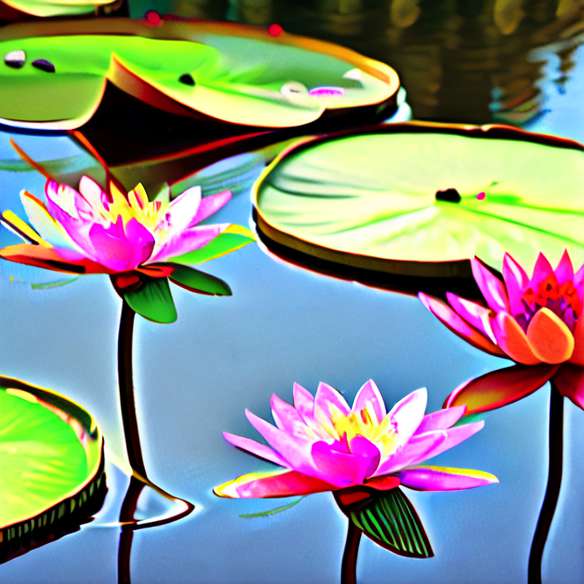Light on the collections of the Musée de l'Orangerie

Claude Monet's Water Lilies
It is rare to observe such an osmosis between a work of art and the Museum who shelters it. To believe that the two oval rooms of the Orangery, in which are presented Les Nymphéas, are also Claude Monet. In a sense, it's a little bit the case.
From 1914 to 1926, at the edge of the water garden of his Giverny property, the painter joined this monumental ensemble. He thus gave life, over a hundred meters long and two high, to a landscape of water surrounded by plants, branches of willows, reflections of clouds and ... water lilies (synonymous poetic, and much more evocative, of "water lily").
In 1921, his friend and admirer Georges Clemenceau offered him to install this work in the Orangerie Museum, all recently acquired. Monet, seeing it as an ideal location, accepts, participates in the design of the two rooms and decides that his paintings will be directly glued to the walls, as if they were made to decorate the place.
However, these rooms had until now a major flaw: they did not let in natural light. This gap is now palliated with recent work: the ceiling has been partially replaced by a glass roof. Water Lilies can now be admired under different lights, depending on the progress of the day, as Claude Monet had imagined.
The Jean Walter and Paul Guillaume collection
If the ground floor contains only this gigantic Monet, you only have to go down a few steps to discover the 140 works of various authors, collected by Paul Guillaume. A great defender of modern art, he soon became part of this trend of Parisian art merchants who, at the beginning of the 20th century, gradually shifted from a merchant to a private collector.
Finding that the state did not give enough visibility to the production of its time, it has gathered a set of works to introduce the community to modern painting. Before 1918, he had already acquired and presented masterpieces of avant-garde artists, such as Matisse, Picasso, Modigliani or Derain. He will obtain later paintings by authors still little known, including Douanier Rousseau, Utrillo, Soutine, Laurencin, Sisley, Gauguin, Van Dongen ... the two most impressive collections in his collection are those gathering the paintings of Cézanne and Renoir .
The new provision of the Orangerie Museum, not only has the advantage of combining lightings natural and artificial, but also allowed to reorganize the visit, to make it more chronological. And so delight without restraint of a masterful collection!








